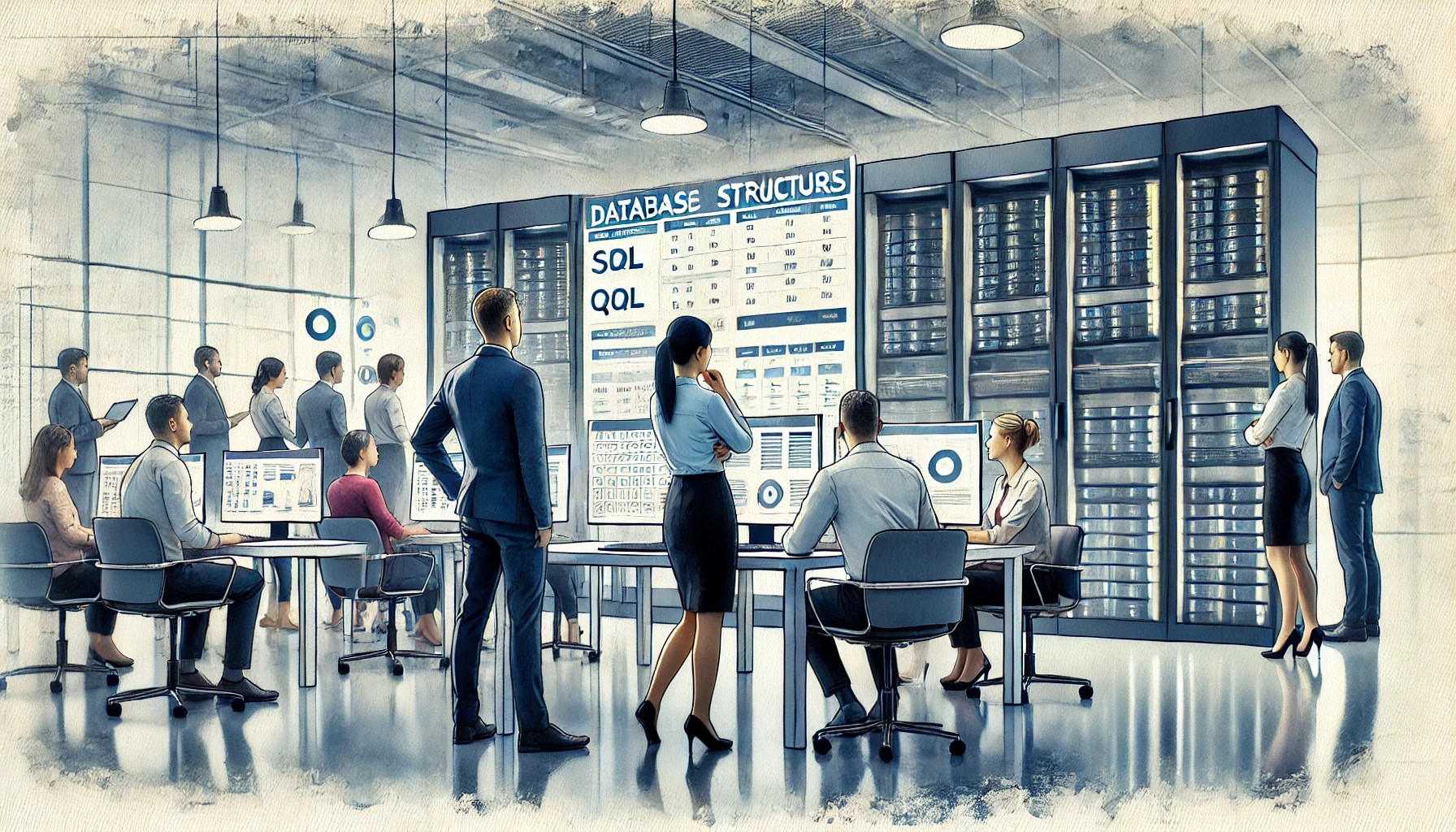Databricks is a unified analytics platform built on Apache Spark, designed for data engineering, data science, and machine learning. Here’s a structured learning path to master Databricks in 2024:
1. Introduction to Databricks and Apache Spark
- Understanding Databricks:
- Overview of Databricks and its features.
- Differences between Databricks and traditional data platforms.
- Introduction to Apache Spark:
- Basics of Apache Spark.
- Key components: Spark SQL, Spark Streaming, MLlib, GraphX.
2. Setting Up Databricks
- Getting Started:
- Creating a Databricks account.
- Navigating the Databricks workspace.
- Cluster Management:
- Setting up and managing clusters.
- Understanding cluster configurations and scaling.
3. Databricks Notebooks
- Introduction to Notebooks:
- Creating and managing Databricks notebooks.
- Using markdown and basic notebook commands.
- Data Exploration and Visualization:
- Importing and exploring datasets.
- Visualizing data using built-in charting tools.
4. Data Engineering with Databricks
- ETL Processes:
- Building ETL pipelines using Databricks.
- Working with Delta Lake for reliable data lakes.
- Data Transformation:
- Using Spark SQL and DataFrame API for data transformations.
- Data Ingestion:
- Integrating with various data sources (e.g., S3, Azure Blob Storage, JDBC).
5. Data Science and Machine Learning
- Data Preprocessing:
- Cleaning and preparing data for analysis.
- Machine Learning with MLlib:
- Building and evaluating machine learning models.
- Using Spark MLlib for scalable machine learning.
- Advanced Machine Learning:
- Implementing custom ML algorithms.
- Hyperparameter tuning and model optimization.
6. Advanced Databricks Features
- Job Scheduling:
- Automating workflows using Databricks Jobs.
- Using Databricks CLI and REST API for automation.
- Delta Lake:
- Deep dive into Delta Lake features.
- Implementing ACID transactions and time travel.
7. Collaborative Data Science
- Collaboration Tools:
- Using Databricks Repos for version control.
- Collaborating with teams using shared notebooks and comments.
- Interactive Dashboards:
- Creating and sharing interactive dashboards for data visualization.
8. Performance Optimization
- Optimizing Spark Jobs:
- Understanding Spark job execution and optimization techniques.
- Using Catalyst optimizer and Tungsten execution engine.
- Resource Management:
- Efficient resource allocation and cluster management.
9. Security and Compliance
- Data Security:
- Implementing data encryption and access controls.
- Compliance:
- Understanding compliance requirements and implementing best practices.
10. Integrating with Other Tools
- Data Integration:
- Integrating Databricks with BI tools (e.g., Tableau, Power BI).
- Real-time Data Processing:
- Using Spark Streaming for real-time analytics.
- Cloud Integration:
- Integrating Databricks with AWS, Azure, and Google Cloud services.
11. Certification and Exam Preparation
- Databricks Certifications:
- Databricks Certified Associate Developer for Apache Spark.
- Databricks Certified Professional Data Scientist.
- Databricks Certified Professional Data Engineer.
- Exam Preparation:
- Study guides and practice exams.
- Hands-on projects and real-world scenarios.
Resources
- Official Documentation: Databricks Documentation
- Books:
- “Learning Spark: Lightning-Fast Data Analytics” by Jules Damji, Brooke Wenig, Tathagata Das, and Denny Lee.
- “Spark: The Definitive Guide” by Bill Chambers and Matei Zaharia.
- Practice Labs:
- Use Databricks Community Edition and other platforms for hands-on practice.
By following this learning path, you will gain a comprehensive understanding of Databricks and be well-prepared to leverage its powerful features for data engineering, data science, and machine learning in 2024 and beyond.
About Instructor
Login
Accessing this course requires a login. Please enter your credentials below!


